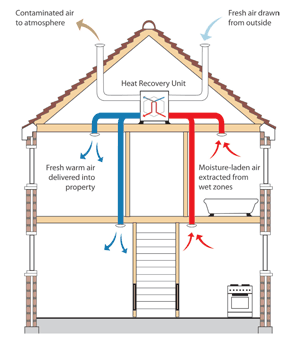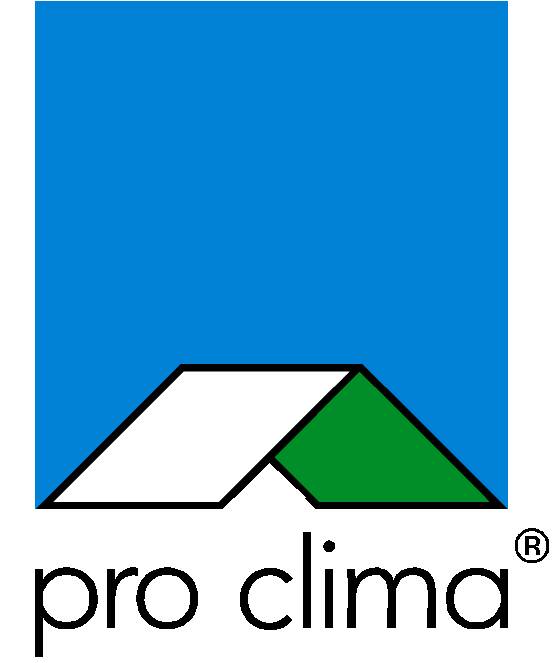Podcast: Play in new window | Download | Embed


What’s the difference between HRV and ERV? Grant Anderson is the National MVHR Manager at Fantech. (What’s MVHR? Listen in to find out!)
More detailed shownotes to come. For now, please feel free to contact me if you’d any help with choosing a ventilation system.
You can also find Grant and his team at Fantech.
For information about how Zehnder heat recovery systems work, check out the informative UK Zehnder Comfosystems page.


Leave a Reply